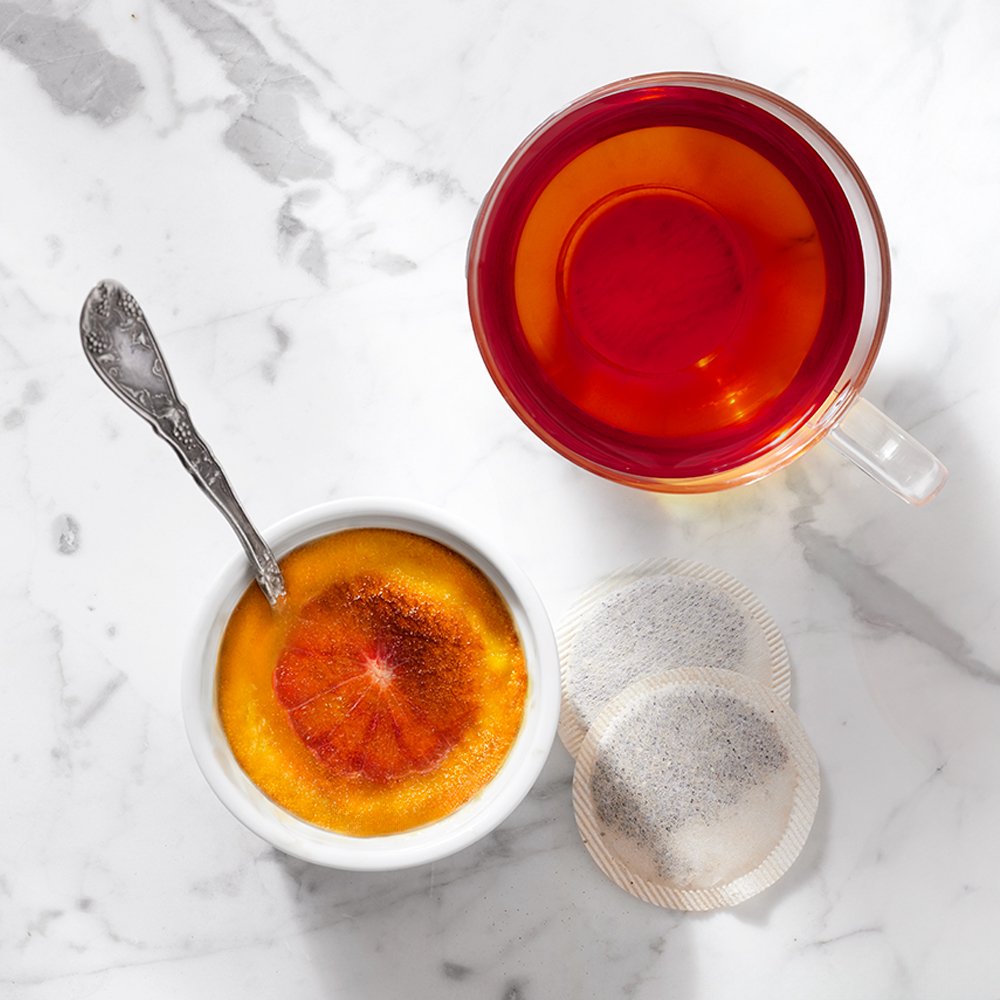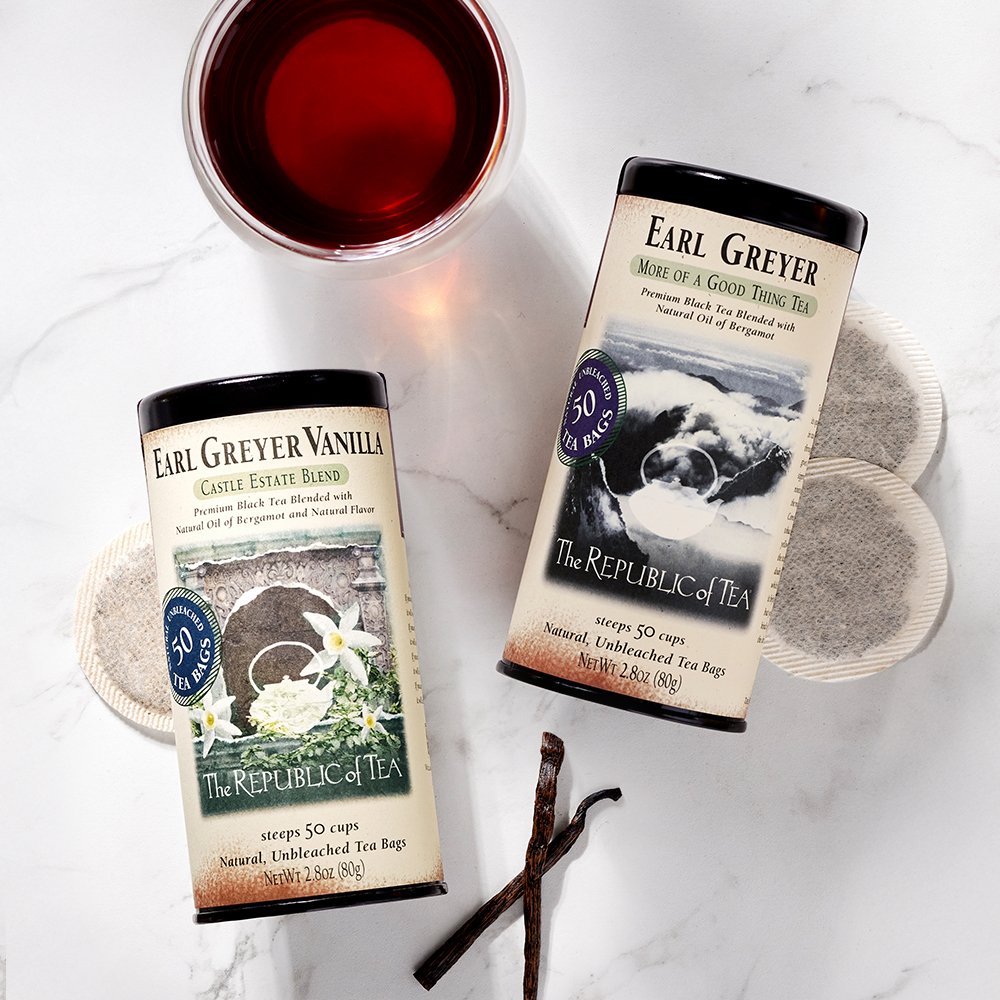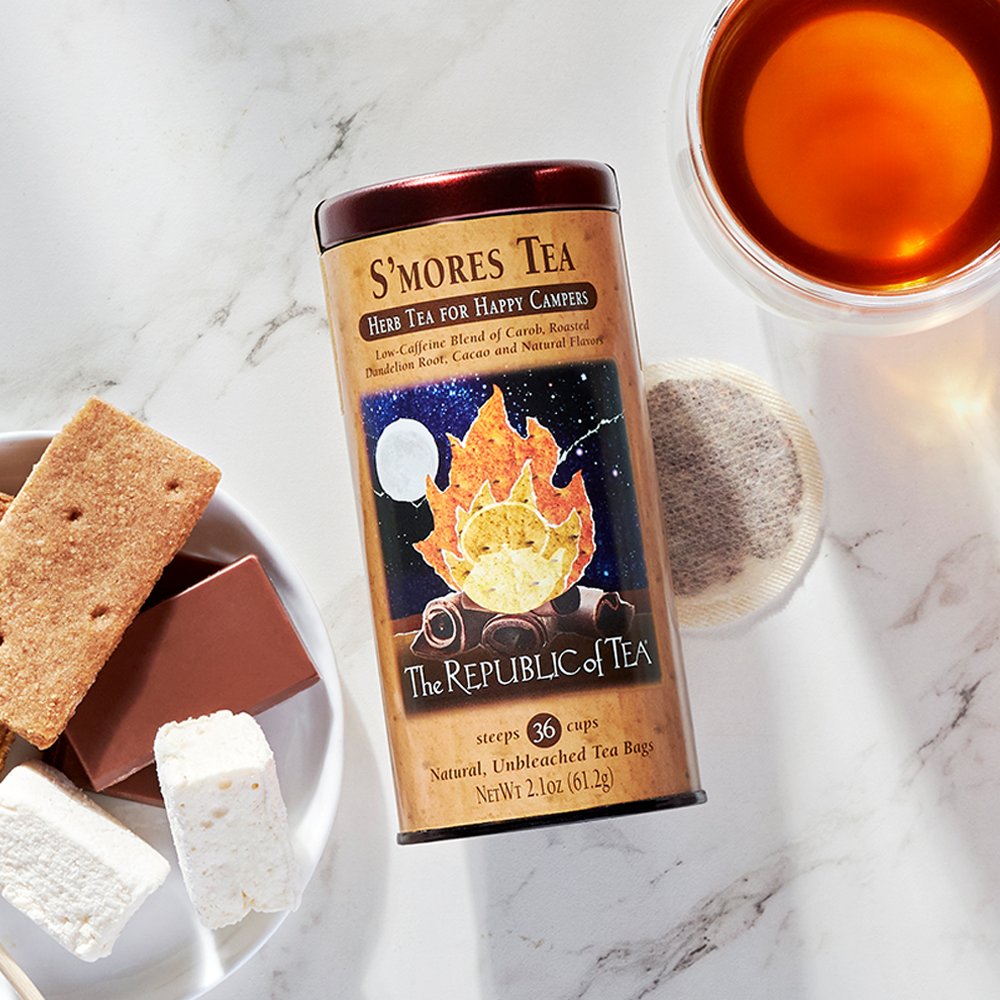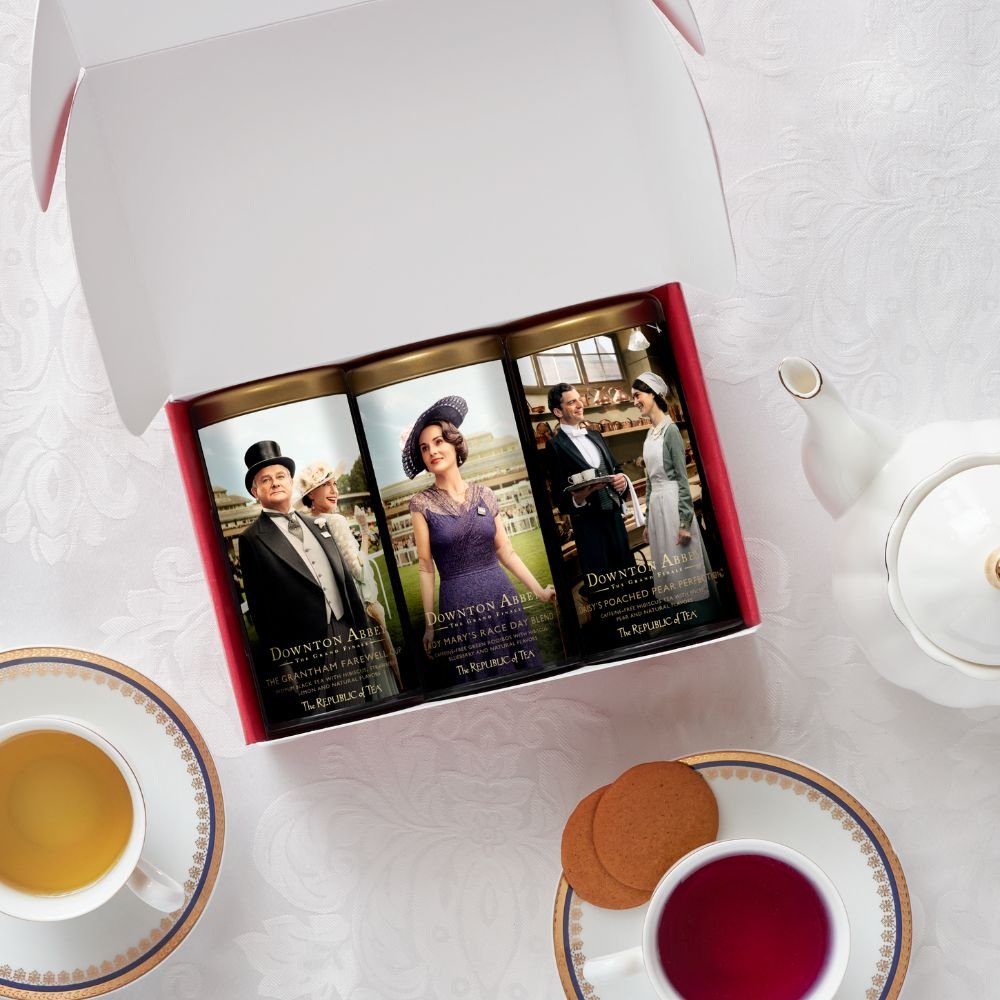Make no mistake—peppermint is the signature taste of Christmas. Its sweet, refreshing flavor immediately conjures images of jingle bells, twinkling lights and fluffy snow. During this time of year, people enjoy all kinds of peppermint-infused treats that range from cupcakes to brownies. But nothing says Christmas like peppermint bark, those whimsical shards of candy composed of a thick layer of white chocolate festooned with crushed candy cane pieces, cradled by a thin dark chocolate base. The sharp, cooling flavor of the peppermint cuts the sweetness of the white chocolate, while the dark chocolate adds a slightly bitter note that balances it all out.
While these days you may not be interested in snacking on these sugary treats, you can still indulge in the minty-sweet essence of peppermint bark with zero guilt. Check out our Tablespoon Peppermint Bark Concentrate. One cup of this delicious drink, and you’ll have visions of sugarplums dancing in your head, minus the sticky hands and extra calories.
What is Peppermint?
Peppermint is actually a hybrid of spearmint and wild mint. It has a high menthol content, which gives the plant its “peppery” flavor and also its name. The birthplace of peppermint is a mystery since it has been found in multiple locations throughout history such as Egypt, the Mediterranean and Greece.
In ancient times, peppermint was used for medicinal purposes such as upset stomach, headaches and even the common cold. When it came to Europe sometime in the 1200s, peppermint was used for culinary purposes. People added it to certain foods and sauces, even wine.
The Origin of Candy Canes
Although peppermint candies come in many forms, the most famous is the candy cane. There are a few theories on its origin, but the most prevalent is that in the 17th century, a German choirmaster wanted to keep his young charges in line during Christmas rehearsals, so he created candy canes to appease them. However, the famed sugary treats didn’t get their signature shape and stripes until the beginning of the 20th century.
Meanwhile, peppermint had become a very popular flavor to add to medicine to make them more palatable. Apothecaries during the Renaissance realized that the cooling effect of menthol masked the bitterness of the medication. Similarly, they noted that adding sugar helped the medicine go down, to paraphrase a famous song. They eventually discovered that peppermint paired perfectly with sugar, so it only made sense to combine the two.
During the 19th century, when apothecaries and candy makers split in two professions, the latter continued to use peppermint, but in candy. It was only a matter of time that a confectioner decided to add it to candy canes, and thus the quintessential Christmas sweet was born.
Where did Peppermint Bark Come From?
Although they bear very little resemblance to each other, it’s likely that peppermint bark was influenced by the traditional French candy mendiants, which are chocolates adorned with crushed nuts and dried fruit. The difference is that mendiants are often shaped as flat disks, while peppermint bark is thick and broken into pieces from a large thick sheet, forming shards.
While it may evoke feelings of nostalgia, peppermint bark has only been around in its current inception since 1998, when famed kitchenware retailer Williams Sonoma released it to the world. Its image as an old-fashioned candy was intentional, as company founder Chuck Williams wanted to create a holiday treat that reminded him of his childhood.
The Perfect Alternative to Peppermint Bark
The Republic of Tea’s Tablespoon Peppermint Bark Concentrate provides that same rich, luscious taste of minty white chocolate that you love. You’d swear that you were drinking melted peppermint bark! It’s not surprising, considering that it’s made with ingredients that include real peppermint extract, natural white chocolate flavor, and organic cocoa extract. You may feel a bit naughty indulging in such a delectable concoction, but it’s actually a very nice treat since it’s low in calories.
The soothing, minty flavor highlights the creaminess of the white chocolate, making it the ideal drink for the most wonderful time of the year. It is also rooibos-based, so you won’t have to worry about feeling jittery after consuming this caffeine-free beverage. Feel free to drink it any time of the day, hot or cold.
It’s extremely easy and quick to prepare a yummy cup. Simply heat up 7.5 ounces of milk or milk alternative of your choice, and add one tablespoon of our Tablespoon Peppermint Bark Concentrate.
Our Tablespoon Peppermint Bark tea hits the spot not just during the holidays, but throughout the winter. Drink it cold over ice while you’re wrapping presents after a long day of Christmas shopping. Savor a hot cup as you sit by the window and watch the snow fall gently to the ground. So, relax and say hello to peppermint season.






